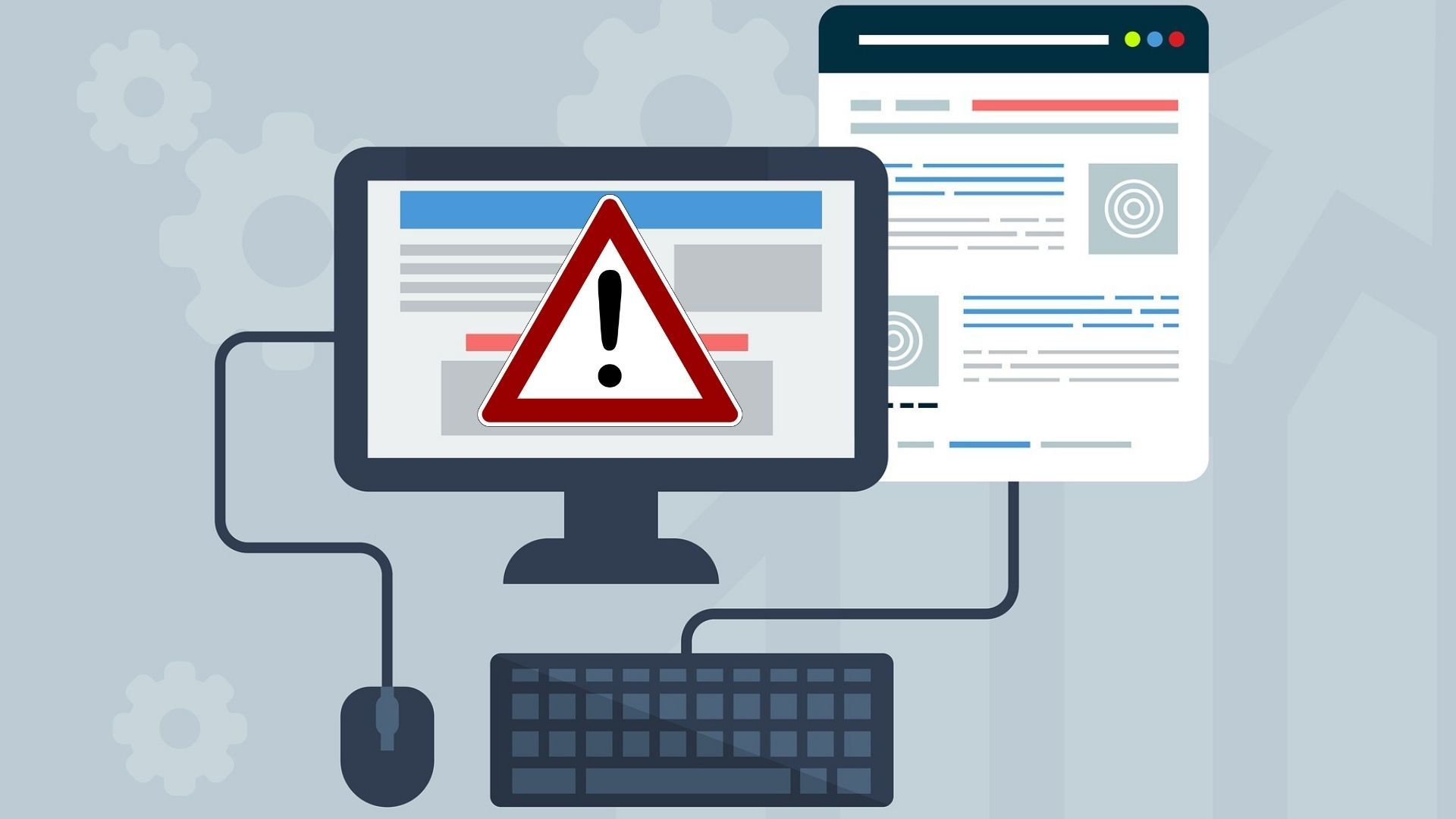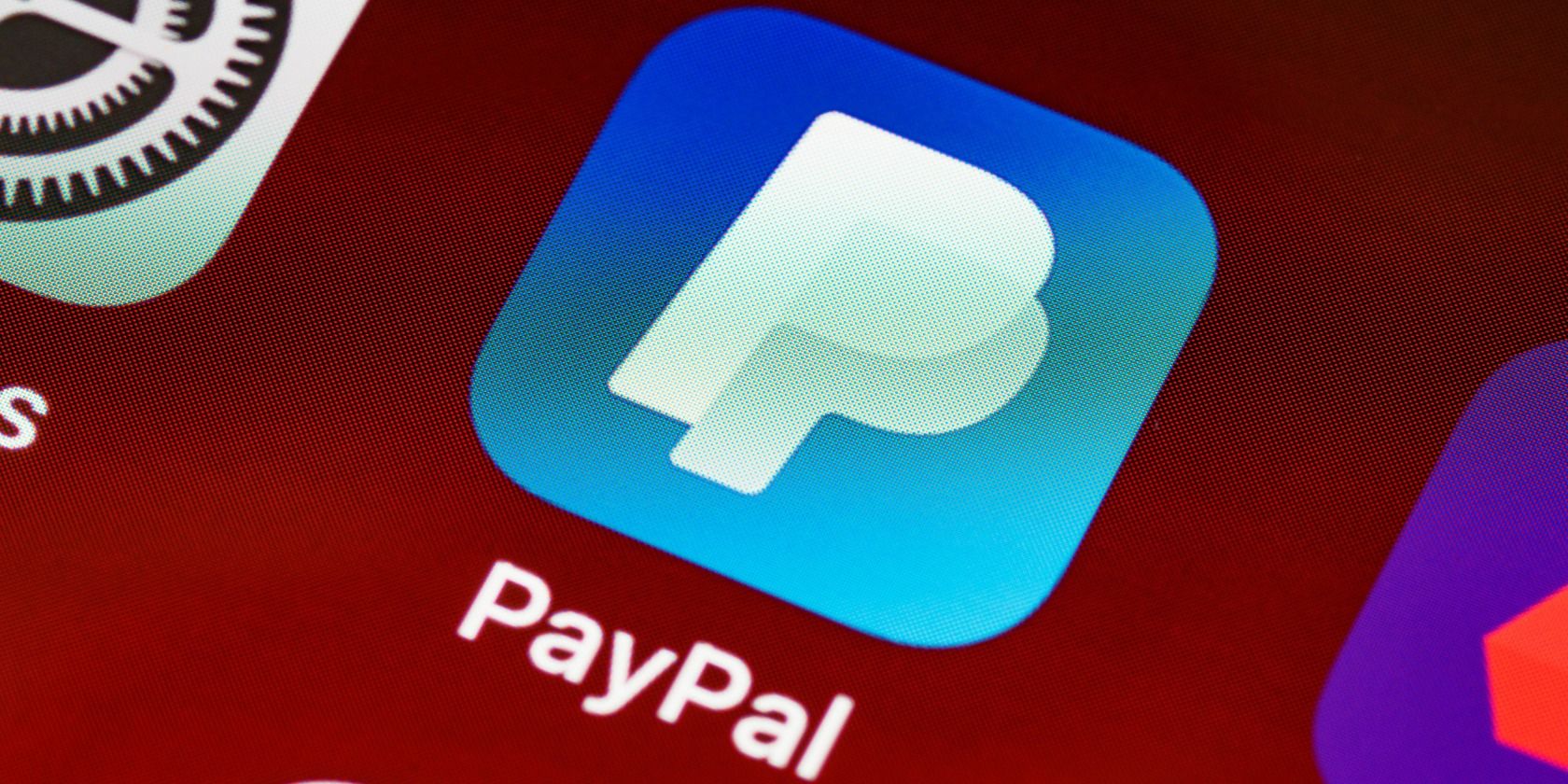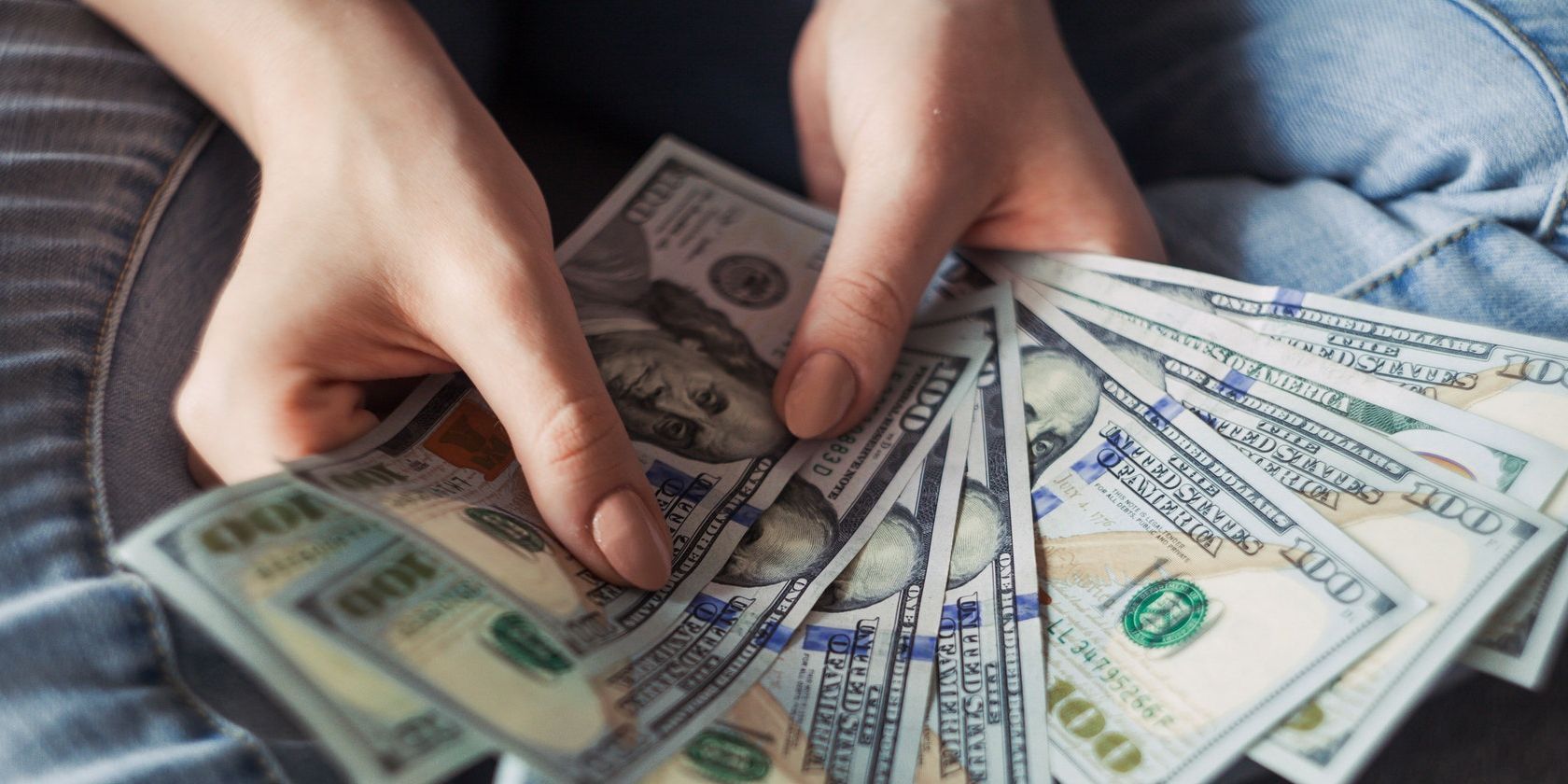PayPal is a popular payment processor and part of its popularity is due to it offering protection against scams. If you order an item and don't receive it, you can contact PayPal and request a refund.
Unfortunately, PayPal doesn't always provide refunds. And this is particularly problematic because many people buy items using PayPal, believing that they have more protection than they actually do.
So if you're a PayPal user and you think that you've been scammed, what should you do next?
Does PayPal Refund Scam Victims?
Yes, PayPal refunds money if you've been scammed while using the platform. So, if you buy something using PayPal and the transaction turns out to be fraudulent, PayPal will often return your money. Unfortunately, this only happens provided certain conditions are met. Otherwise, paying with PayPal is similar to handing over cash.
If you believe that you've been a victim of a scam, the first thing that you should do is check if the payment is still pending. Provided the payment hasn't been picked up by the seller, you can obtain a refund automatically by clicking Cancel payment.
Obviously, malicious sellers don't want you to do this and will usually claim the money as soon as it is available.
If the money has already been claimed, you should contact the seller before doing anything else. Sometimes, the problem is a misunderstanding. And you shouldn't really contact PayPal until you know it's a scam.
If the seller doesn't provide a refund, you will then have to get PayPal involved. At this point, you will need to try utilizing PayPal's Purchase Protection.
What Is Purchase Protection on PayPal?
When you buy something using PayPal, the transaction is covered by PayPal's Purchase Protection. Under this policy, PayPal promises to refund your money if you don't receive the item that you ordered or if the item that you receive is significantly different from what was advertised. This policy also protects all users against charges that they didn't make.
This policy often provides victims of scams with a full refund. The problem is that PayPal decides whether the policy is applicable on a case-by-case basis.
If the victim of a scam opens a dispute, the seller will usually provide an opposing story. And PayPal doesn't always side with the correct party. This means that even if you are obviously the victim of a scam, it's possible that PayPal will side with the seller and not provide any assistance whatsoever.
It's important, then, to understand PayPal's refund policy before entrusting the platform. Otherwise, you'll be frustrated while seeking a refund from a PayPal scam.
For instance, if what you bought is not covered in PayPal's Purchase Protection, like real estate, travel tickets, prepaid cards, or custom-made items, PayPal won't refund your money if you are scammed.
"I Got Scammed on PayPal": How to Use Purchase Protection
In order to use PayPal's Purchase Protection, you need to open a dispute with the seller. You can do this in the following steps:
- Open the Resolution Center.
- Log in to your PayPal account.
- Select Report a Problem.
- Select the transaction that you want to dispute.
- Provide a reason for the dispute.
- Open a dispute.
What happens next depends on the seller. If they don't want to fight your request, you may get your money back immediately. Otherwise, you need to wait 20 days, and then a PayPal employee will look at your claim and make a ruling.
You will be asked to provide proof of what occurred. The seller will similarly be asked for their version of events. PayPal will then decide if you get your money back.
When Does Purchase Protection Not Work?
Cybercriminals who use PayPal are well aware of the weaknesses in PayPal's refund policies, so they utilize various tricks for winning disputes. Here are a few of the most obvious.
Use Misleading Product Descriptions
If the item received matches the description, PayPal won't refund your money even if you had different expectations. Sellers will often send a product that looks similar to what's listed but of much lower quality. Because the item matches the description, you won't get a refund.
Sell Products That Initially Appear Legitimate
PayPal won't provide a refund if you wait too long. Some sellers sell items that appear to be legitimate but eventually break. Or they might sell items that are missing features that you may not immediately notice. If you don't open a dispute until the time limit is passed, you won't be able to get a refund.
Ask That You Send It Back
Sellers are allowed to ask you to return an item before you receive a refund. Some sellers use this feature to avoid refunding people completely. If the cost of returning an item is greater than the cost of the refund, many people won't bother doing so.
This is a popular technique among dropshippers. Dropshippers often dispatch items from the other side of the world. Provided the item is cheap, the cost of postage can be significantly higher than the refund.
How to Get a Refund From Your Bank Instead
If you file a dispute with PayPal and you don't receive a refund, this doesn't automatically mean that you cannot get your money back. If you paid via PayPal using a bank card, you can contact your bank and attempt to file a chargeback instead.
A chargeback is a demand issued by a bank that a payment made using a bank card is refunded. It is a service that all banks provide and, unlike PayPal's Purchase Protection, it is completely outside of PayPal's control.
Banks are much more likely to side with their customers on disputed transactions and are often able to provide a refund when a payment processor such as PayPal refuses to do so.
In order to file a chargeback, you simply need to contact your bank. Most banks require that you do so within 60 days.
What to Do If You've Been Scammed While Using PayPal
If you think that you've been scammed, it's important to contact the seller to make sure and then open a claim with PayPal. If the scam is obvious, you will usually get your money back from PayPal directly.
If PayPal doesn't side with you, and you used a bank card to make your purchase, you should then contact your bank. While PayPal is well known for sometimes siding against buyers, most banks are willing to provide a refund to any customer that appears to be legitimate.




